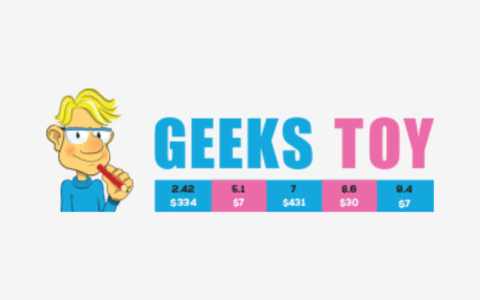Are you a punter who frequently places bets on multiple selections well in advance of a race or event? While this may seem like a practical approach, there are several drawbacks to only considering “early” selections. By restricting yourself to bets made well in advance, you may be missing out on valuable information that could help you make better decisions and increase your chances of success.
In this article, I explore the risks associated with limiting yourself to early selections and provide tips on how to make more informed and strategic bets.
1. There’s Not Always Value
Taking early betting odds doesn’t necessarily mean they are good value.
Firstly, in sports like horse racing with relatively little market activity until raceday, there are fewer opportunities early on. Liquidity is low, markets aren’t well-formed, and this tends to attract professionals that operate bots on the betting exchanges, setting prices where they want them. This enables pros to capitalise on keen punters looking to take the face-value odds.
Secondly, bookmakers may be cagey with their pricing early on due to little activity on the betting exchange. This lack of intelligence on the part of bookmakers can result in early odds that don’t reflect the true value of the selection. It’s commonly thought that this creates value betting opportunities — but it can also go the other way. For instance, a selection that should have long odds might be cagily underpriced, offering no value to bettors.
On raceday, however, the betting markets become more active, and bookmakers have access to the public’s opinion as a basis for their prices. While this tends to “tighten up” to odds and eliminate value, it also comes with new opportunities. As the betting markets experience sudden movements to the odds through flurries of activity, value betting opportunities arise both on the exchanges and at slow-moving bookmakers.
Therefore, it’s important to keep an eye on the betting markets throughout the day for bursts of activity presenting good value odds, rather than solely relying on early odds.
2. Low Maximum Stakes
While early prices may occasionally offer good value, the limited stake sizes available often prevent one from fully capitalising on them.
Due to low market liquidity on the betting exchange the day before a race, it’s unlikely that sports traders will be able to place substantial stakes at early prices. Meanwhile bookmakers tend to limit maximum stakes on the same markets, as they rely heavily on information gathered from the exchanges.
On race days, bookmakers monitor various factors on the exchange, including the odds, total betting volumes on each horse, and the currently available money, which they often use in combination with their own risk management methods to determine what betting volumes they’re willing to accept on different outcomes. With more information available on race day, bookmakers are more likely to allow larger stakes than before.
For a more in-depth look at bookmaking, check out my post: How Do Bookmakers Make Money?
3. Market Trends Are Missed
Focusing solely on early prices can lead to neglecting market trends that would impact your betting decisions.
In the lead-up to a sports event, there is a flurry of market activity. Various factors, such as the Weight of Money (WoM), the volume of bets on each selection, and the drifters and steamers, are just some of the market factors that can alter a trader’s decision to back or lay a particular outcome. For example, if the market suggests that the odds will move against your selections, you may choose to hedge the bet to help minimise losses.
However, if you only place early bets and leave them to run, you don’t stand to spot trends or take advantage of price movements.
Final Words
Many sports bettors — particularly followers of tipsters — place multiple selections in a single session on early prices. While some early prices represent value, this approach prioritises convenience over potential profitability. For the reasons covered in this article, the chances of all prices having value odds at one time are low.
To avoid the pitfalls of taking only early prices, a more flexible approach is recommended. Successful sports traders use volatility to back good value odds, lay selections that have shortened too much, and trade in and out of selections throughout the day, taking advantage of price fluctuations and managing their risk. This involves betting on selections at different stages, when their prices represent value.
However, to execute bets at the precise moment the odds reach a predetermined value is difficult to achieve manually. So I strongly recommend using a trading tool or bot that’s compatible with the Betfair exchange. The following software works great.
- LiveScore Bet Review | Features, Ratings & Expert Verdict [2025] - July 1, 2025
- How Fast Payments Are Changing Bankroll Management - June 30, 2025
- Matchbook Review | Trusted 2% Commission Betting Exchange [2025] - June 26, 2025



Yeah… everyone piling into the same selections at the same time isn’t smart. Probably better to lay a tipsters bets considering everyone’s backing it!
I actually tried doing that once. The wide spreads meant that I wasn’t able to get low enough odds to profit from laying the tips.Take a look at this post: http://punter2pro.com/well-known-professional-sports-tipping-service/